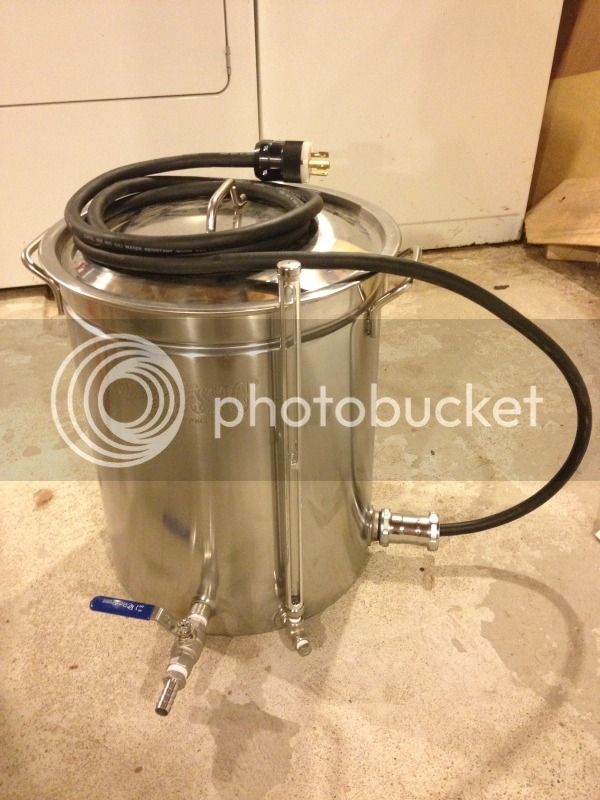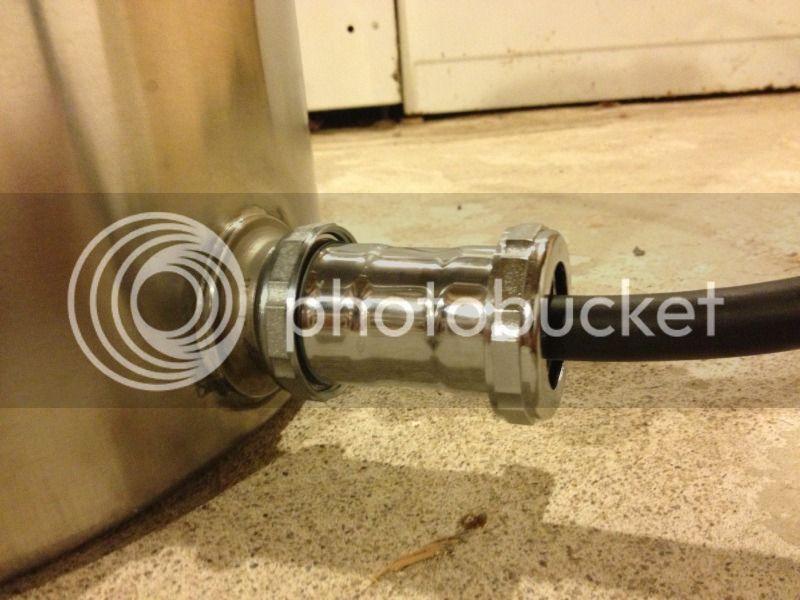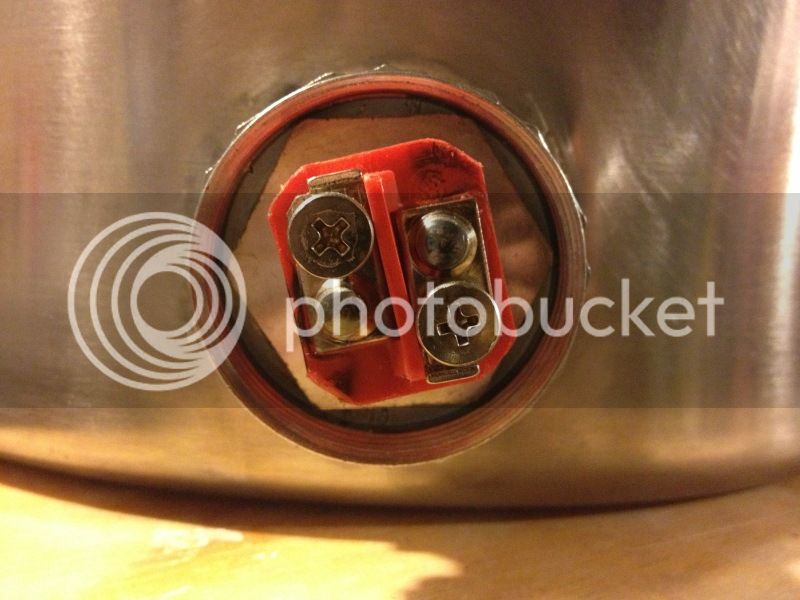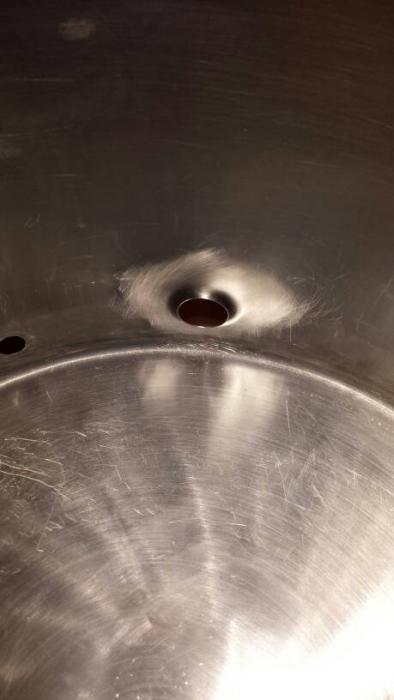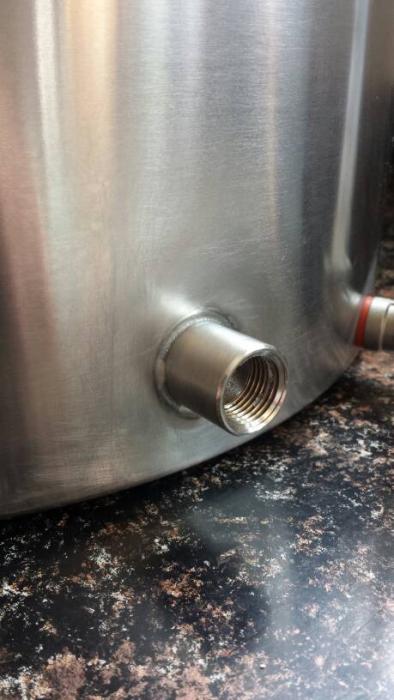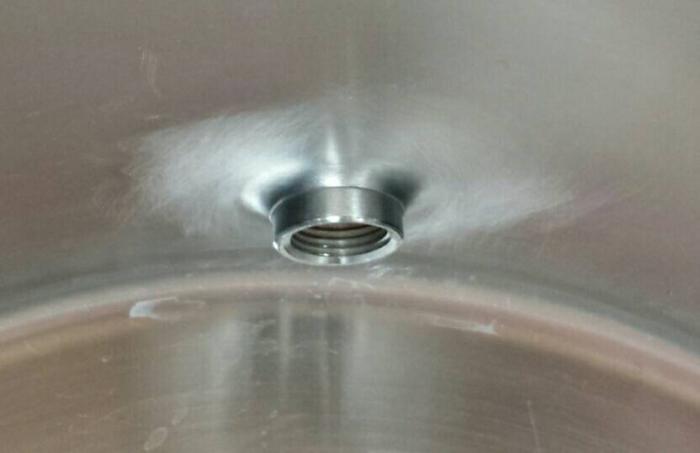caligula455
Member
- Joined
- Nov 26, 2012
- Messages
- 14
- Reaction score
- 11
Caligula, how hard was this to draw through the side wall of your pot? I tried this yesterday on my keggle and ended up crushing the end washers and bending the bolt before the copper fitting would draw through. The copper fitting actually started to crush on the 3/4" end I was wrenching on.
Mine drew through pretty easily, someone that drew it through a keg wall would have to comment, but it shouldn't be crushing anything.
Couple thoughts on potential problems:
- Is the copper fitting evenly sloped like the one in the picture or is it more of a steped shape. the more cone-like the better.
- Is the outer pipe too small of a diameter and preventing the fitting from drawing through?
- maybe try lubing the fitting to reduce the friction?
- are you using steel bolts, i can't imagine your bending a 1/2" steel bolt unless something is pretty off.
Maybe post a pic and that will help diagnose the problem.


















![Craft A Brew - Safale S-04 Dry Yeast - Fermentis - English Ale Dry Yeast - For English and American Ales and Hard Apple Ciders - Ingredients for Home Brewing - Beer Making Supplies - [1 Pack]](https://m.media-amazon.com/images/I/41fVGNh6JfL._SL500_.jpg)







































